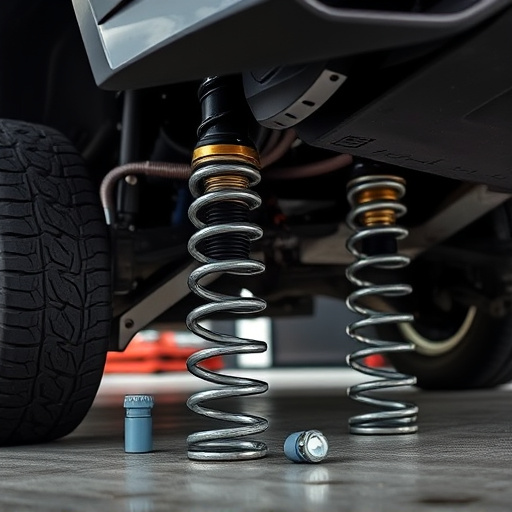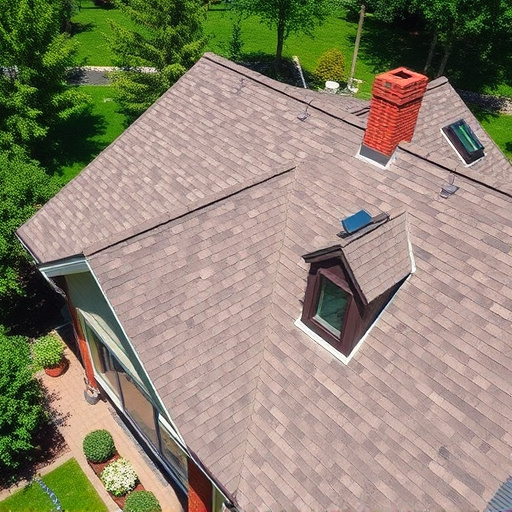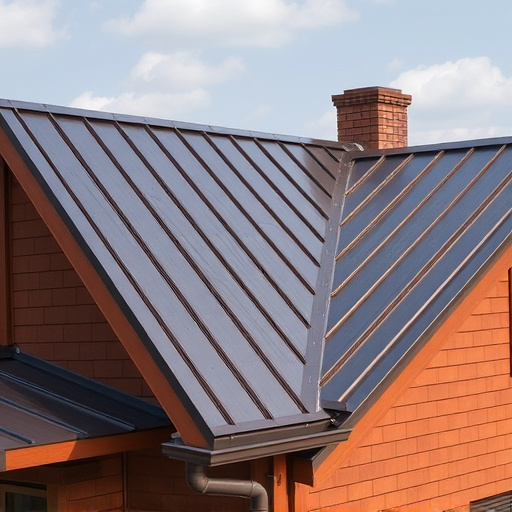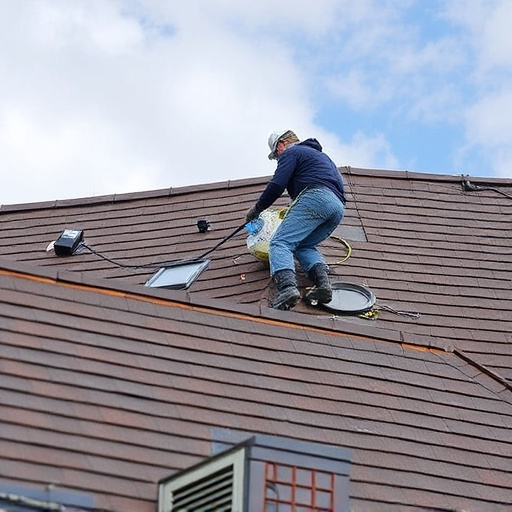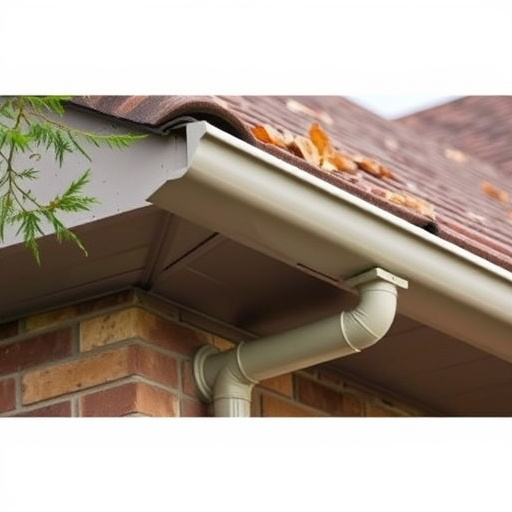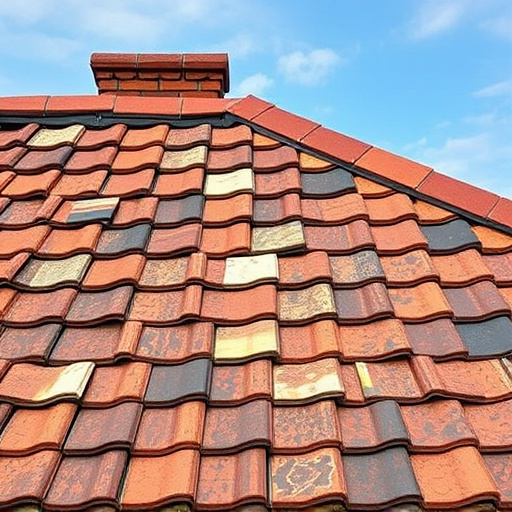Prioritize safety and proper preparation for a successful siding install. Clear debris, inspect roof and gutters, address tripping hazards. Follow best practices: clean surface, accurate measurements, suitable sealants, adhere to manufacturer guidelines. Post-install, inspect sealing, level, fastening mechanisms. Regular maintenance extends new siding's lifespan. Professionals ensure safety standards and long-lasting solutions.
Smooth siding installation offers an attractive exterior upgrade, but proper safety measures are crucial for a seamless process. Before beginning your siding install project, prepare your home by assessing its condition and gathering essential tools. Master the techniques for applying smooth siding efficiently and safely. After completion, conduct thorough post-install checks to ensure longevity and maintain structural integrity. Follow these tips for a successful, safe siding install.
- Prepare Your Home for Installation Safety
- Proper Techniques for Smooth Siding Application
- Post-Install Checks for Longevity and Safety
Prepare Your Home for Installation Safety
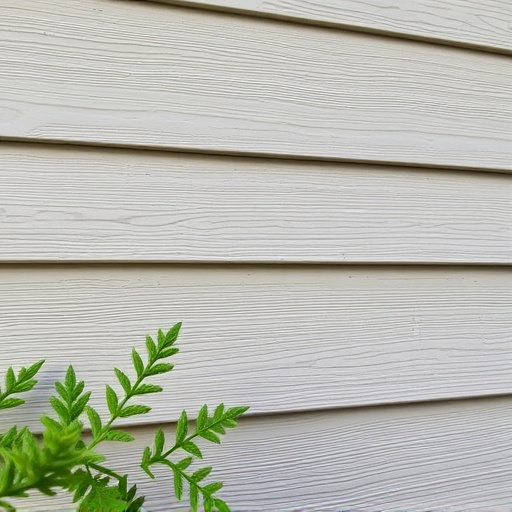
Before starting any siding install process, it’s crucial to prepare your home for optimal safety during the installation. This involves assessing the overall condition of your roof and gutters—ensuring they’re in good shape or planning a roof replacement if necessary. Inspect for loose or damaged shingles, as well as clogged or deteriorating gutters, as these can pose risks during the siding work. Securing these areas first is essential to prevent accidents and ensure a smooth installation process.
Additionally, clear your property of any obstacles that might hinder access or pose tripping hazards for the workers. Remove plants, toys, furniture, or other items from the immediate work area. Proper preparation not only enhances safety but also helps in avoiding potential damage to your property during the siding install and related roof repair or replacement tasks.
Proper Techniques for Smooth Siding Application

When undertaking a siding install, whether for residential or commercial properties, adhering to proper techniques is paramount to ensure durability and aesthetic appeal. It’s crucial to start by preparing the surface, making sure it’s clean, dry, and free from any debris. This foundational step is key to achieving a seamless finish.
Subsequent steps involve measuring and marking the areas to be covered, cutting the siding panels accurately with the right tools, and applying appropriate sealants or adhesives. For commercial siding installations or storm damage repair, precision and adherence to manufacturer guidelines are especially vital. Proper application techniques not only guarantee the longevity of your home exterior services but also contribute to minimizing future repairs and maintenance costs.
Post-Install Checks for Longevity and Safety

After a successful siding install, ensuring long-term safety and durability is paramount. A thorough post-install inspection is crucial to identifying any potential issues that may have been overlooked during the initial process. Look for signs of proper sealing around windows, doors, and vents to prevent water intrusion, which can lead to rot or mold buildup over time. Check for level and straight lines to ensure the siding panels are correctly aligned and won’t develop uneven gaps or bulges as the material expands or contracts with temperature changes.
Additionally, verify that all fastening mechanisms, such as nails or screws, are securely fastened without being too tight, which could damage the cladding. A professional roofing and siding company will often perform these checks to ensure their work meets safety standards and offers long-lasting roofing solutions. Regular maintenance after installation, including cleaning and repairs, will also contribute to the overall longevity of your new siding.
A successful siding install process requires preparation, proper techniques, and post-install checks. By ensuring your home is ready for installation, using approved methods for applying smooth siding, and performing routine inspections afterward, you’ll achieve a safe, durable, and aesthetically pleasing result. Remember to prioritize safety throughout the project and consult professionals when needed. With these tips in mind, your siding install will be a smooth and satisfying experience.


